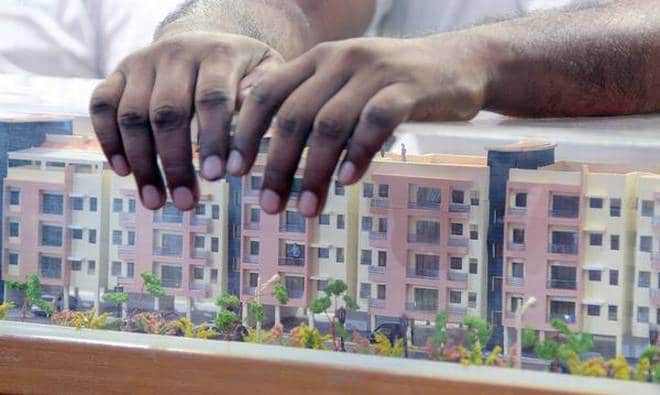The Union Cabinet, yesterday, approved an affordable rental housing scheme for urban migrants and poor. The announcement emanated from the plight of urban poor during the nationwide lockdown imposed due to the Covid-19 outbreak. As economic activities halted, these people were unable to make their ends meet, resulting in the mass exodus of migrants to their native states.
Lauding the move, Niranjan Hiranandani, President (National) NAREDCO said, “A significant move, this will create an urban ecosystem providing affordable rental housing to urban migrants and poor.”
Reiterating the same, Anuj Puri, Chairman, ANAROCK Property Consultants added, “The Cabinet approval for the development of affordable rental housing complexes (ARHC) for urban migrants and poor is indeed a praiseworthy move which will significantly help fulfil the government’s ambitious ‘Housing for All by 2022’ initiative.”
Understanding the scheme
The Affordable Rental Housing Complexes Scheme or ARHCs will be under the purview of the Ministry of Housing and Urban Affairs and will be a sub-scheme under the Pradhan Mantri Awas Yojana (Urban).
Under the scheme, existing vacant government-funded housing complexes will be converted into affordable rental complexes. With an estimated expenditure of around Rs 600 Crore, the scheme aims to benefit nearly 3 Lakh people initially.
How will it help?
“The scheme is an attempt to bridge the shortfall of dwelling units across the country. All states will also be asked to develop such products and encourage private partnerships. The move will not just regularise the rental housing market across the country, but it will also add another asset class to be considered by developers at large,” explains Puri.
Apart from providing adequate habitat and living facilities to urban poor, “it will also create new investment opportunities and promote entrepreneurship in the rental housing sector. Not to mention, investment under ARHCs has the potential to create new job opportunities,” believes Hiranandani.
Attracting private participation
To attract private participation from developers, the Cabinet has also announced special incentives. These include:
- 50% additional FAR/FSI
- Concessional loan at priority sector lending rate
- Tax reliefs at par with affordable housing to private/ public entities that will develop ARHCs on their available vacant land for 25 years
Are these incentives enough to attract private investments? Giving a different perspective here, Puri says, “Low yields could be a major deterrent for attracting private participation. Even while funding for such projects is said to be given at concessional rates, it may still be unviable for developers who have bought land within city limits at steep prices earlier. While the government has tried to address these deterrents and provide benefits and incentives, we will have to wait and watch as to how this move can mobilise the interest from the industry.”
The need for affordable rental housing
The Census of India and the National Sample Survey Organisation present some interesting statistics about rental housing in India. More than one-tenth of the households in India lived in rented homes in 2011. Of which, almost four-fifths of the total households living in rented homes were in the urban sector. Rental housing, undoubtedly, is one of the critical elements of affordable housing.
This move will result in better usage of existing government-funded vacant housing stock.





